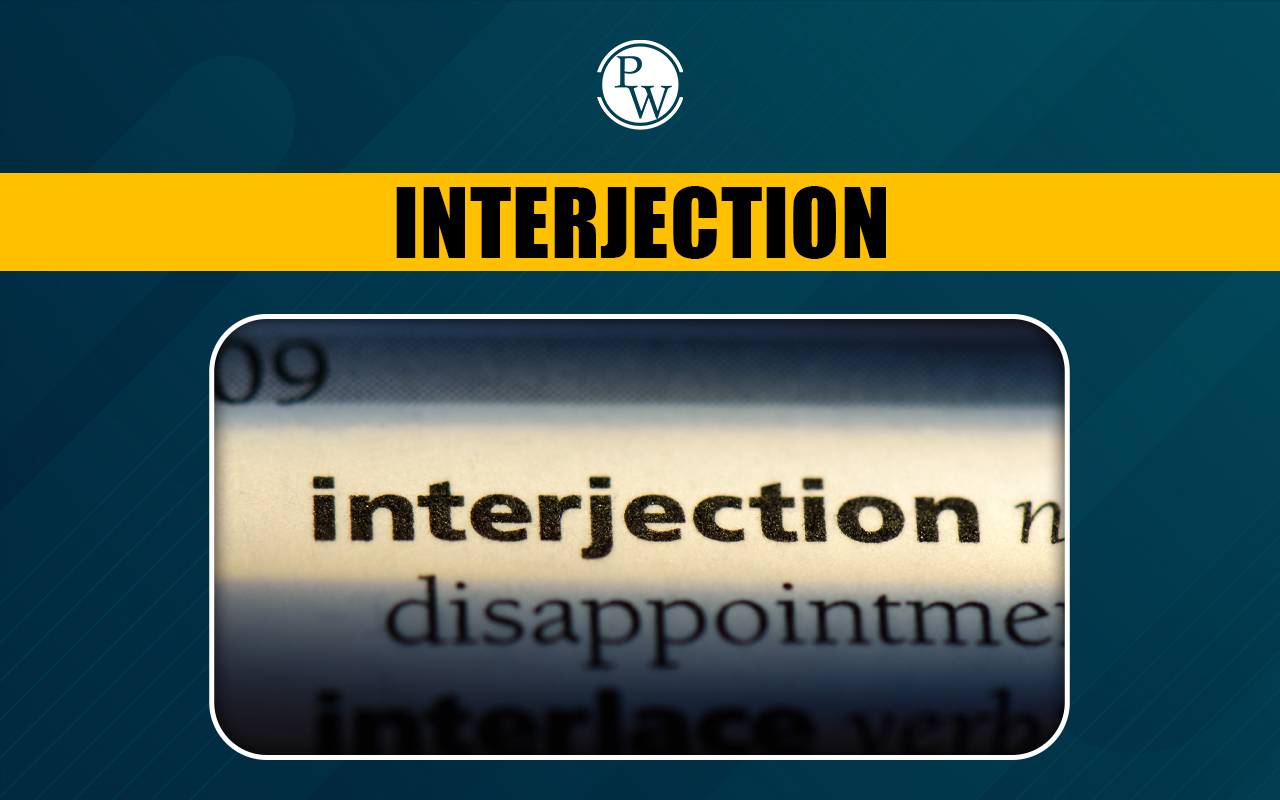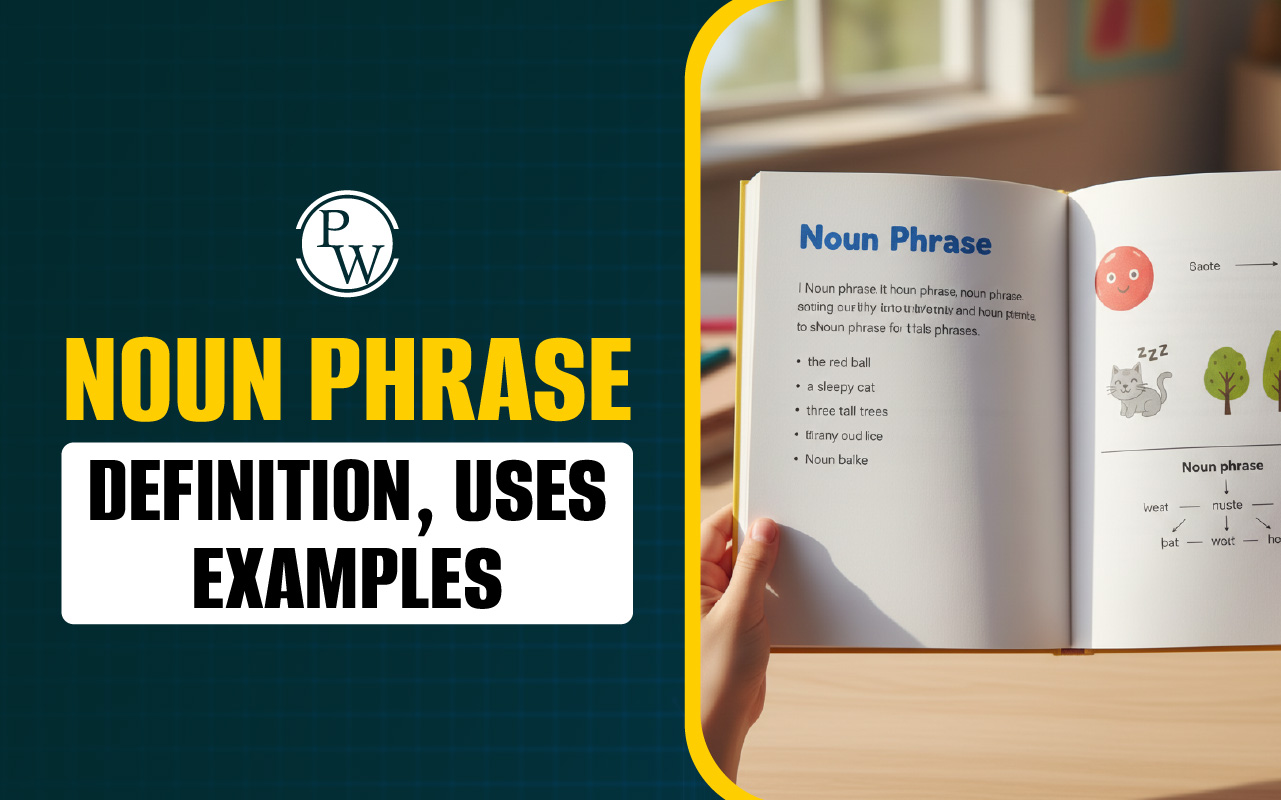
Simple Present Tenses: The English language has different ways, or "tenses," to talk about time. Each tense shows when an action happens, whether in the past, present, or future. The simple present tense is one of the easiest ways to talk about things happening now or regularly.
Think about the things you do every day. For example:- You brush your teeth.
- The sun rises in the morning.
- Your friends play games at recess.
What is the Simple Present Tense?
The simple present tense is used to describe actions, conditions, or events that are happening regularly , habitually , or that generally exist . It is also used to state facts , truths , or conditions that are permanent . The simple present tense is formed using the root form of the verb for all subjects, except for the third-person singular (he, she, it), where we add -s or -es to the verb.Rules for Using the Simple Present Tenses
The simple present tense has specific rules depending on the type of sentence you want to make. Let’s break down each rule to understand how to form positive statements, negatives, and questions.Basic Form of Verbs
In the simple present tense, most verbs stay in their base form when used with subjects like I, you, we, or they. However, when the subject is he, she, or it, you need to modify the verb by adding -s or -es. Examples:- I read books every day. (No change for "I")
- She reads books every day. (Add -s for "she")
Adding -s or -es with He, She, and It
When the subject is he, she, or it, follow these rules to change the verb correctly: If a verb ends in s, sh, ch, x, or o, add -es to make it agree with the subject.- He watches TV every evening. (Verb ends in “ch” so add -es)
- She goes to school daily. (Verb ends in “o” so add -es)
- He walks to the park.
- It rains heavily in the spring.
Verbs Ending in -y
When dealing with verbs that end in -y, there are special rules to follow: If a verb ends in -y and has a consonant before the -y (like in "study"), change the y to i and add -es:- She studies English every night.
- He tries his best in class.
- She studies English every night.
- He tries his best in class.
- It plays softly in the background.
- He enjoys action movies.
Making Negative Sentences with Don’t and Doesn’t
Using don’t or doesn’t correctly create a clear negative sentence without changing the main verb’s form. To make negative sentences in the simple present tense, use don’t (do not) or doesn’t (does not) before the base form of the verb. This rule changes depending on the subject: For I, you, we, or they, use don’t.- I don’t like broccoli.
- They don’t go to the library often.
- He doesn’t play basketball on weekends.
- She doesn’t like horror movies.
Forming Questions with Do and Does
In the simple present tense, to ask yes-or-no questions, start the question with Do or Does. This depends on the subject: Use Do with I, you, we, and they:- Do you play soccer every week?
- Do they like pizza?
- Does she enjoy painting?
- Does it rain here often?
Making Wh- Questions in the Simple Present Tense
For questions that start with Wh- words (like who, what, where, when, and why), place the Wh-word at the beginning of the sentence, followed by do or does. This pattern is used to ask questions that need more information, not just a "yes" or "no" answer. Structure: Wh-word + do/does + subject + base form of the verb Examples:- Where does he live? (asking for a location)
- What do you like to do after school? (asking about an activity)
Examples of the Simple Present Tenses in Action
Let’s look at how the simple present tense works in different kinds of sentences.Positive Sentences
- I ride my bike to school.
- She plays the piano every day.
- They swim in the pool.
Negative Sentences
- I don’t like spicy food.
- He doesn’t watch horror movies.
- We don’t have school on Saturdays.
Questions
- Do you eat breakfast every morning?
- Does he go to the library after school?
- Do they like sports?
When Do We Use the Simple Present Tense?
1. Habitual Actions or Routines
The simple present tense is often used to describe actions that are repeated regularly, whether daily, weekly, or on any consistent basis. Examples:- I wake up at 7:00 AM every day.
- She studies in the evening.
- We meet our friends every Friday.
2. General Facts or Truths
The simple present tense is used to state facts or truths that are always valid or are scientifically proven. Examples:- The Earth orbits the Sun.
- Water boils at 100°C.
- Cats generally have four legs.
3. Instructions or Directions
When giving directions or instructions, we often use the simple present tense. Examples:- First, turn left.
- Add two tablespoons of sugar.
- Boil the water for five minutes.
4. Future Events (Scheduled or Timetabled)
The simple present tense can also be used to describe future events that are scheduled or part of a timetable, especially when referring to transportation, meetings, or events. Examples:- The train leaves at 6:00 PM.
- The meeting starts at 9:00 AM tomorrow.
- My flight arrives at 8:30 AM.
5. Permanent or Universal Situations
It is used for things that are permanent or generally true across time. Examples:- He lives in New York.
- The sun rises in the east.
- She teaches English.
Common Mistakes in the Simple Present Tense
Here are a few common mistakes students generally commit while using the simple present tense: Forgetting to add -s or -es with he, she, or it- Correct: “She plays piano.”
- Incorrect: “She play piano.”
- Correct: “Does he like music?”
- Incorrect: “Do he like music?”
- Simple present: “He works on weekends.”
- Present continuous: “He is working now.”
Using the wrong form in negatives
- Correct: “They don’t visit often.”
- Incorrect: “They doesn’t visit often.”
Fun Facts About the Simple Present Tense
- Universal Truths : The simple present tense is often used for scientific facts because these things don’t change. For example, “Water freezes at 0 degrees Celsius.”
- Timeless Stories : The simple present tense can be used to tell stories or jokes to make them feel alive and immediate. For example, “A man walks into a store and says...”
- Sports Commentaries : In sports, the simple present tense describes live events. You might hear, “He passes the ball; she scores!
Simple Present Tense Practice Activity
Fill in the blank with the correct simple present form of the verb.- He ____ (like) to play video games.
- They ____ (walk) to school every day.
- She ____ (watch) cartoons on weekends.
- We ____ (not eat) junk food often.
- ____ you ____ (read) books every night?
Simple Present Tense Qui z
Test your knowledge with these fun fact questions! True or False : We use the simple present tense to describe actions that happen only once. Answer : False! The simple present tense describes actions that happen regularly. True or False : In the simple present, we add -es to verbs that end in "s," "sh," "ch," "x," and "o." Answer : True! Adding -es is a special rule for certain verbs in the simple present. True or False : “The bus arrives at 8 AM” is in the simple present tense. Answer : True! Scheduled events also use the simple present tense.Talk to a counsellorHave doubts? Our support team will be happy to assist you!

FAQs
Can the simple present tense be used to talk about future events?
Yes, we use the simple present to discuss future events that are scheduled or fixed, like timetables. For example, “The train leaves at 9 AM tomorrow” describes a future event using the simple present.
How do time expressions affect the simple present tense?
Time expressions (like “always,” “often,” and “every day”) indicate how frequently an action happens. Adding them makes the simple present tense clearer, as in “She always studies at night.”
Can we use the simple present tense with stative verbs?
Yes, stative verbs (like “know,” “love,” “believe”) are often used in the simple present because they describe feelings, thoughts, or conditions. For example, “She knows the answer” shows a state, not an action.
What’s the difference between simple present and present continuous tense?
The simple present describes regular actions or facts, while the present continuous shows actions happening right now. Compare “She plays soccer” (regularly) to “She is playing soccer” (right now).
Free Learning Resources
PW Books
Notes (Class 10-12)
PW Study Materials
Notes (Class 6-9)
Ncert Solutions
Govt Exams
Class 6th to 12th Online Courses
Govt Job Exams Courses
UPSC Coaching
Defence Exam Coaching
Gate Exam Coaching
Other Exams
Know about Physics Wallah
Physics Wallah is an Indian edtech platform that provides accessible & comprehensive learning experiences to students from Class 6th to postgraduate level. We also provide extensive NCERT solutions, sample paper, NEET, JEE Mains, BITSAT previous year papers & more such resources to students. Physics Wallah also caters to over 3.5 million registered students and over 78 lakh+ Youtube subscribers with 4.8 rating on its app.
We Stand Out because
We provide students with intensive courses with India’s qualified & experienced faculties & mentors. PW strives to make the learning experience comprehensive and accessible for students of all sections of society. We believe in empowering every single student who couldn't dream of a good career in engineering and medical field earlier.
Our Key Focus Areas
Physics Wallah's main focus is to make the learning experience as economical as possible for all students. With our affordable courses like Lakshya, Udaan and Arjuna and many others, we have been able to provide a platform for lakhs of aspirants. From providing Chemistry, Maths, Physics formula to giving e-books of eminent authors like RD Sharma, RS Aggarwal and Lakhmir Singh, PW focuses on every single student's need for preparation.
What Makes Us Different
Physics Wallah strives to develop a comprehensive pedagogical structure for students, where they get a state-of-the-art learning experience with study material and resources. Apart from catering students preparing for JEE Mains and NEET, PW also provides study material for each state board like Uttar Pradesh, Bihar, and others
Copyright © 2025 Physicswallah Limited All rights reserved.









